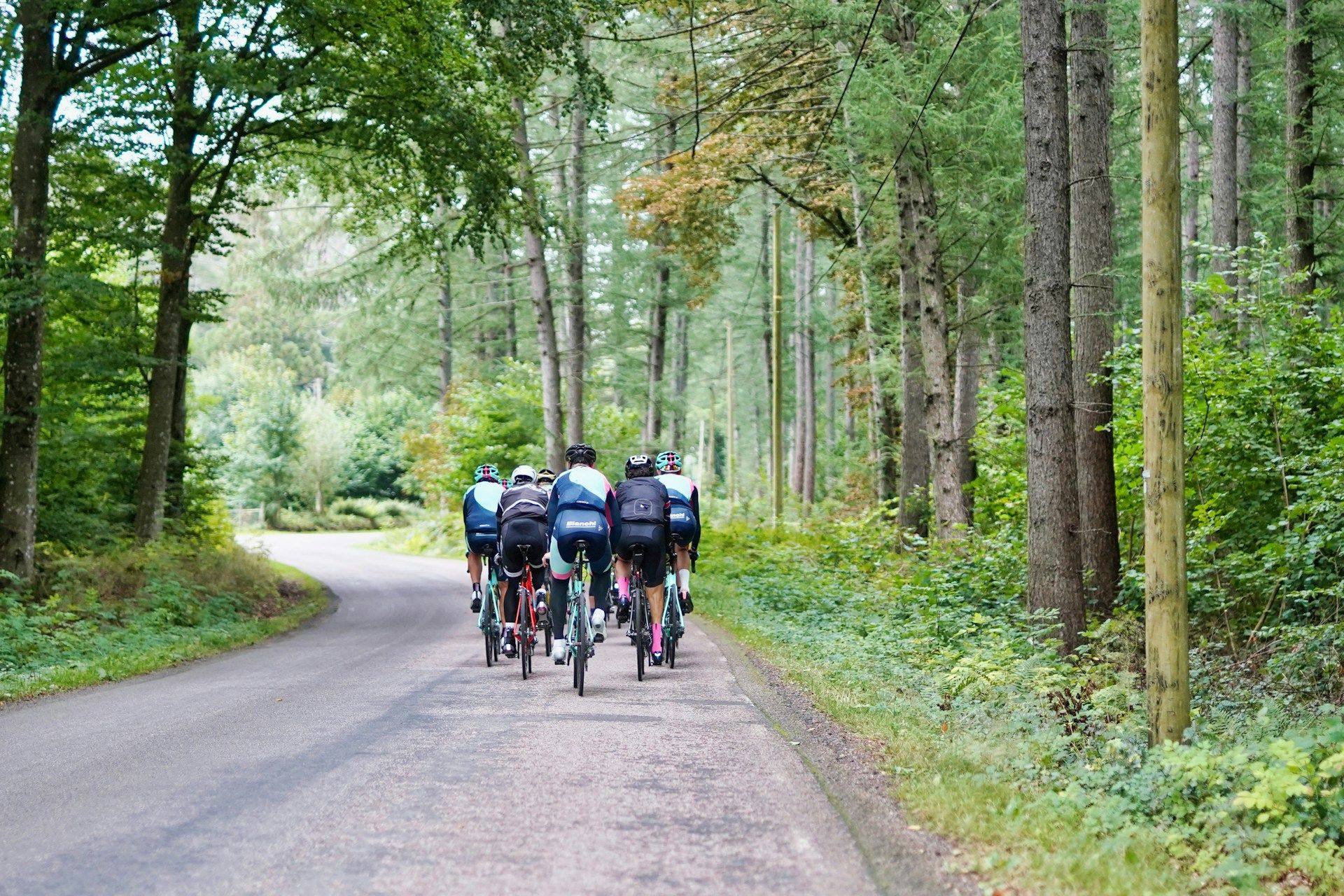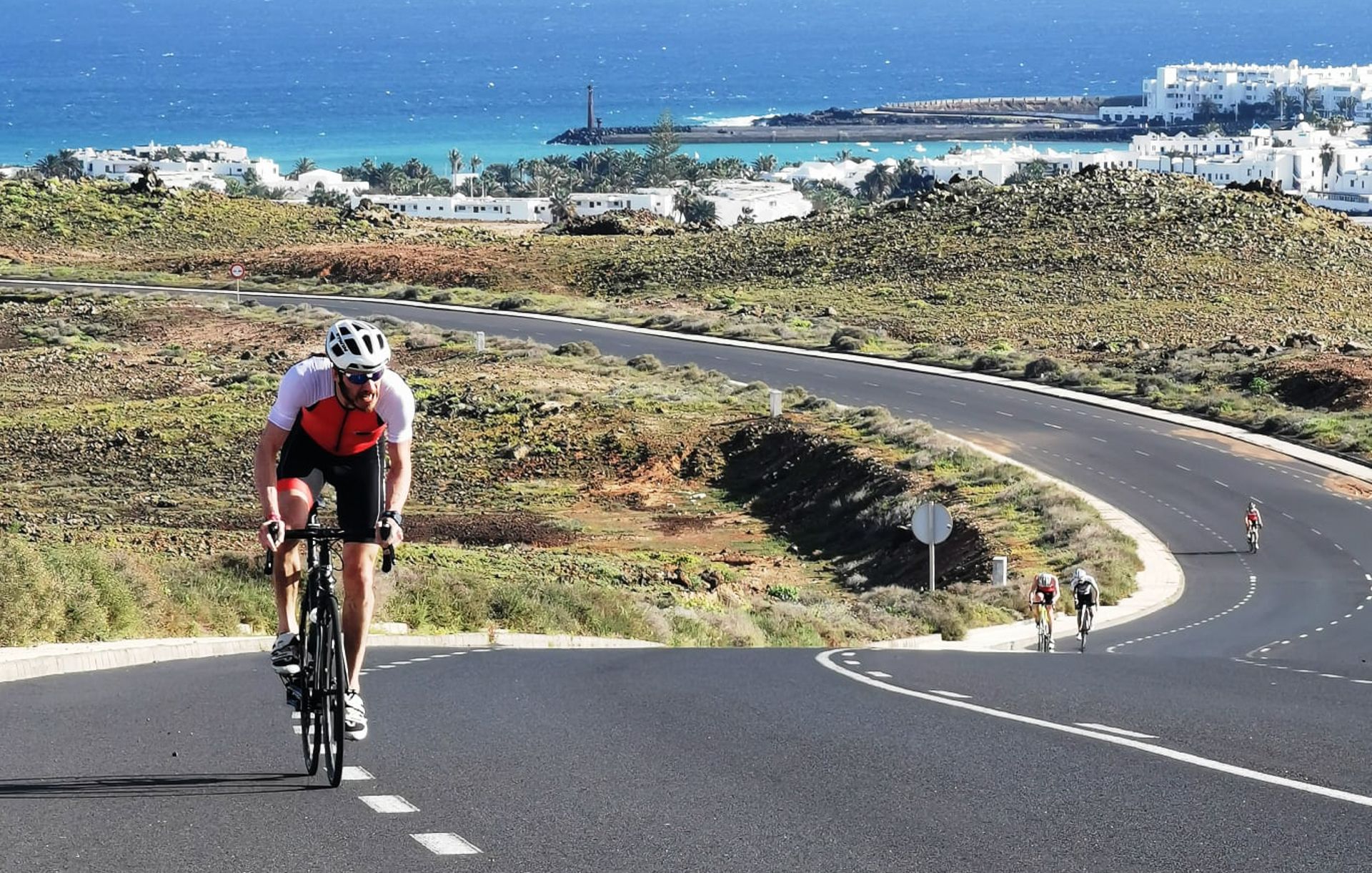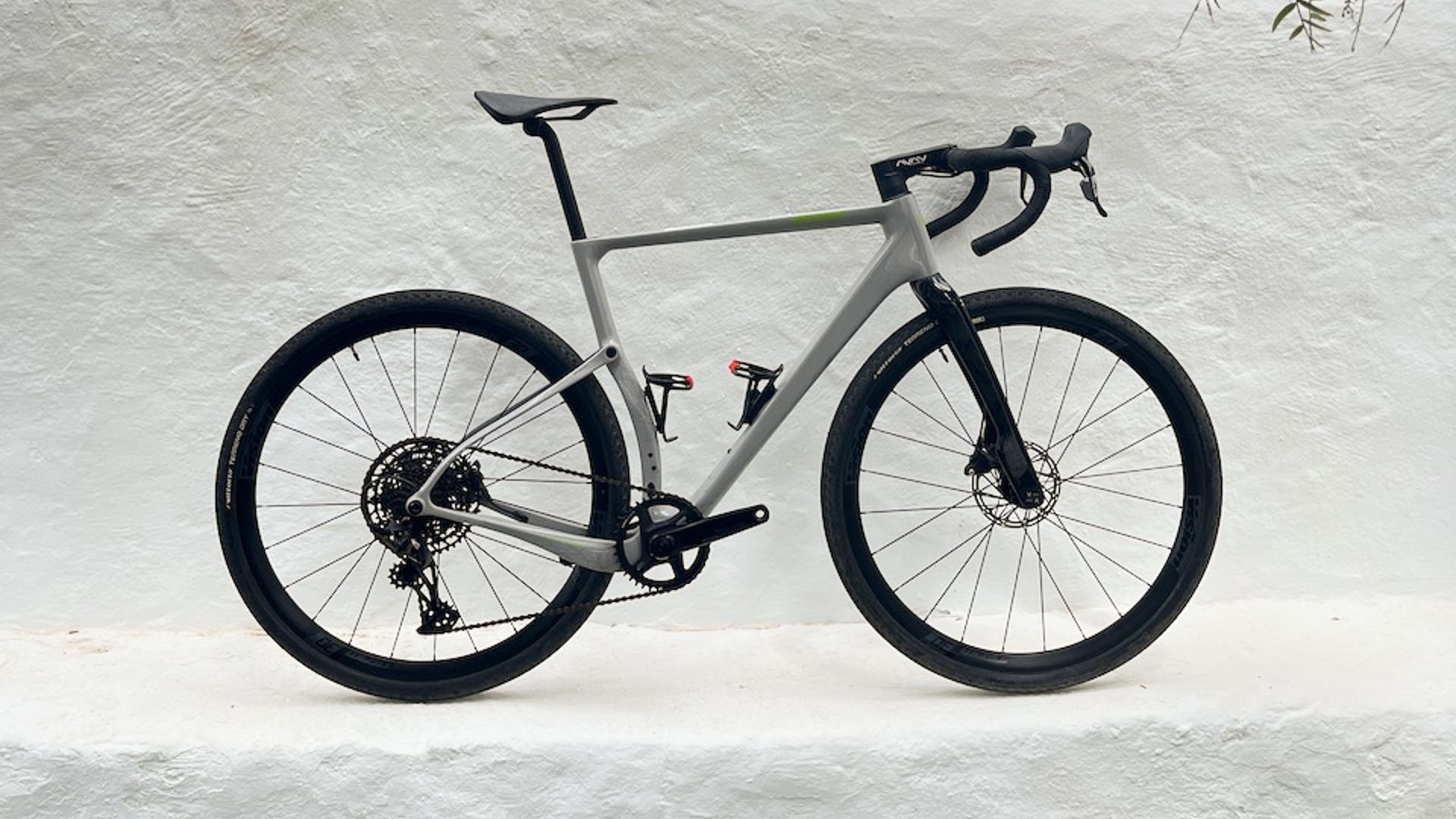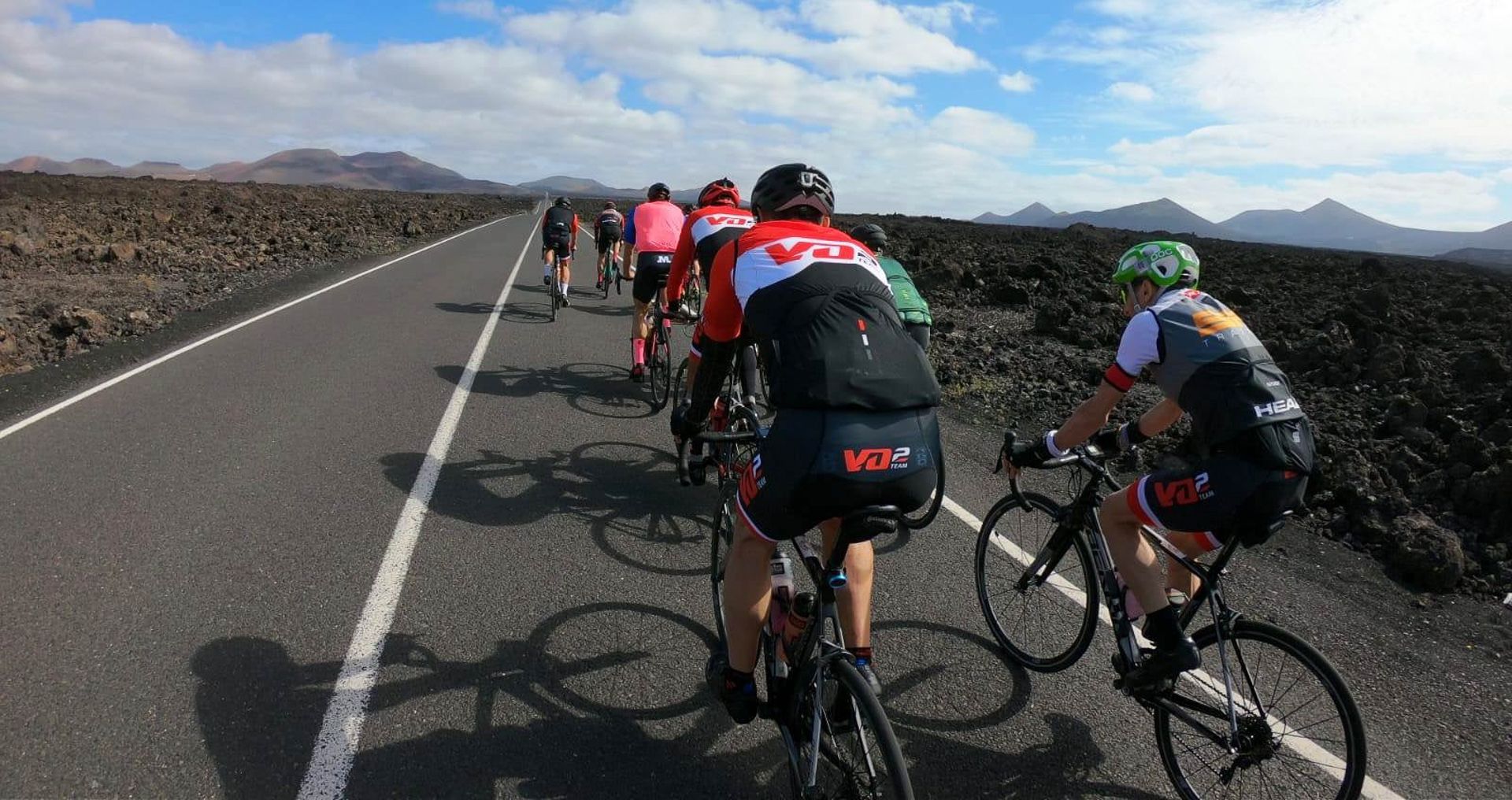
You’ve probably heard the warnings about climate change and how we need to drastically cut carbon emissions over the next decade to avoid catastrophic global warming. Pretty daunting, right? Well, here’s some good news - there’s one simple change you can make that could have a massive positive impact: cycle more! Ditching the car for even just some of your short trips and hopping on your bike instead could slash emissions and clean up our air. And the best bit? You don’t need any fancy gear or to be super fit. Just a working set of wheels under you. Curious to know how switching up your transport could help save the planet? Read on to find out how cycling is the secret climate weapon we’ve been looking for.
Zero Emissions Transportation
You know how cars and trucks belch out toxic fumes that pollute the air we breathe? Well, cycling produces zero emissions. Zippo. Nada. By leaving your gas guzzler at home, every mile you pedal helps reduce greenhouse gases and combat climate change. It's a simple choice with a massive positive impact.
Reducing Traffic Congestion
Cities were never designed for the ridiculous number of vehicles clogging the streets today. More cyclists means fewer cars idling in gridlock, spewing harmful pollutants into the atmosphere. Let's get those junkers off the road! When you hop on a bike, you're actively decreasing traffic and increasing airflow.
Promoting Sustainable Living
Cycling is about more than just getting from A to B - it's a lifestyle shift towards environmental consciousness. By choosing human-powered transit over combustion engines, you reduce your carbon footprint and set an example for sustainable urban living. Who knows, your eco-friendly ways might just inspire others!
Cleaner Air, Healthier Communities
Imagine neighborhoods without the constant drone of engines or clouds of exhaust fumes. Kids could safely play outside without risking respiratory issues. Parks and public spaces would be oases of fresh air, not smog-filled danger zones. Every bicycle replaces a polluting vehicle - the more people cycle, the cleaner our air becomes.
Cycling delivers a triple whammy of benefits for the environment: zero emissions, reduced traffic, and cleaner air. By pedaling instead of driving, you're truly doing your part to green our cities and safeguard the planet's future. What's not to love about that?
Build Safe Bike Lanes
Dedicated bike lanes are a must for any cycle-friendly city. Separated from vehicle traffic with physical barriers, these protected lanes give cyclists a safe space to ride without worrying about cars. Well-marked lanes with bright green paint make them visible to drivers too.
Prioritise Bike Parking
Secure bike parking is essential to encourage more people to cycle. Install ample bike racks and sheltered parking areas near popular destinations like offices, shops and transport hubs. Make theft-proof design a priority to boost confidence in leaving bikes unattended.
Promote Bike Share Schemes
Public bike share programs are a convenient, affordable option for cyclists. With docking stations across the city, residents can easily grab a bike for short trips without owning one themselves. Reasonable pricing and a user-friendly app make it appealing for all.
Slow Down Vehicle Traffic
Lower speed limits in urban areas create a calmer environment for cycling alongside cars. Deploy traffic calming measures like speed humps, chicanes and raised crossings to naturally reduce vehicle speeds on residential streets.
Encourage Corporate Incentives
Many companies now offer financial incentives for employees who cycle to work. From cash rewards to discounts on bike purchases and maintenance, these perks make cycling more attractive than driving. Businesses can also provide secure bike storage, showers and changing facilities.
With smart urban planning focused on cyclist safety and convenience, more people will be inspired to swap four wheels for two. A bike-friendly city is a greener, healthier, more liveable place for all.
A Greener Tomorrow
Imagine city streets filled with cyclists, free from congestion and pollution. A future where bikes outnumber cars, and the air is fresh. This vision can become reality by 2030 if we embrace a cycling revolution. Every pedal stroke brings us closer to a sustainable, emission-free world.
The Ripple Effect
When you choose to cycle instead of drive, the benefits extend far beyond your personal carbon footprint. Each bike trip prevents harmful emissions, reducing the overall environmental impact. As more people join the movement, the collective effect amplifies, paving the way for cleaner cities.
Building a Cycling Culture
Achieving this revolution requires a shift in mindset and infrastructure. Dedicated bike lanes, secure parking, and cyclist-friendly policies can make cycling a convenient and appealing choice. Engaging communities and promoting the joys of cycling will foster a culture that embraces this eco-friendly mode of transport.
Leading by Example
You have the power to be a catalyst for change. Embrace cycling not just as a means of transportation, but as a lifestyle choice. Encourage friends and family to join you on two wheels, and together, we can create a greener, healthier future for generations to come.
By 2030, our cities could be transformed – vibrant, sustainable hubs where cycling is the norm. This revolution starts with you, one pedal stroke at a time. The future is bright, and the path to a greener tomorrow is paved with bike lanes.
So there you have it. Cycling really is one of the most effective ways we can cut carbon and clean up our cities in the next decade. Just by swapping a few car journeys for bike rides every week, we'll be well on our way to meeting those all-important climate goals. And we'll get fitter and healthier into the bargain! So dig that bike out of the shed, pump up those tyres and make cycling your new eco-friendly habit. Together we can pedal towards a greener, cleaner future by 2030. Who's with me?
The Environmental Benefits of Cycling
Zero Emissions TransportationYou know how cars and trucks belch out toxic fumes that pollute the air we breathe? Well, cycling produces zero emissions. Zippo. Nada. By leaving your gas guzzler at home, every mile you pedal helps reduce greenhouse gases and combat climate change. It's a simple choice with a massive positive impact.
Reducing Traffic Congestion
Cities were never designed for the ridiculous number of vehicles clogging the streets today. More cyclists means fewer cars idling in gridlock, spewing harmful pollutants into the atmosphere. Let's get those junkers off the road! When you hop on a bike, you're actively decreasing traffic and increasing airflow.
Promoting Sustainable Living
Cycling is about more than just getting from A to B - it's a lifestyle shift towards environmental consciousness. By choosing human-powered transit over combustion engines, you reduce your carbon footprint and set an example for sustainable urban living. Who knows, your eco-friendly ways might just inspire others!
Cleaner Air, Healthier Communities
Imagine neighborhoods without the constant drone of engines or clouds of exhaust fumes. Kids could safely play outside without risking respiratory issues. Parks and public spaces would be oases of fresh air, not smog-filled danger zones. Every bicycle replaces a polluting vehicle - the more people cycle, the cleaner our air becomes.
Cycling delivers a triple whammy of benefits for the environment: zero emissions, reduced traffic, and cleaner air. By pedaling instead of driving, you're truly doing your part to green our cities and safeguard the planet's future. What's not to love about that?
How Cities Can Become More Bike-Friendly
Build Safe Bike LanesDedicated bike lanes are a must for any cycle-friendly city. Separated from vehicle traffic with physical barriers, these protected lanes give cyclists a safe space to ride without worrying about cars. Well-marked lanes with bright green paint make them visible to drivers too.
Prioritise Bike Parking
Secure bike parking is essential to encourage more people to cycle. Install ample bike racks and sheltered parking areas near popular destinations like offices, shops and transport hubs. Make theft-proof design a priority to boost confidence in leaving bikes unattended.
Promote Bike Share Schemes
Public bike share programs are a convenient, affordable option for cyclists. With docking stations across the city, residents can easily grab a bike for short trips without owning one themselves. Reasonable pricing and a user-friendly app make it appealing for all.
Slow Down Vehicle Traffic
Lower speed limits in urban areas create a calmer environment for cycling alongside cars. Deploy traffic calming measures like speed humps, chicanes and raised crossings to naturally reduce vehicle speeds on residential streets.
Encourage Corporate Incentives
Many companies now offer financial incentives for employees who cycle to work. From cash rewards to discounts on bike purchases and maintenance, these perks make cycling more attractive than driving. Businesses can also provide secure bike storage, showers and changing facilities.
With smart urban planning focused on cyclist safety and convenience, more people will be inspired to swap four wheels for two. A bike-friendly city is a greener, healthier, more liveable place for all.

The Future Is Bright: Achieving a Cycling Revolution by 2030
A Greener TomorrowImagine city streets filled with cyclists, free from congestion and pollution. A future where bikes outnumber cars, and the air is fresh. This vision can become reality by 2030 if we embrace a cycling revolution. Every pedal stroke brings us closer to a sustainable, emission-free world.
The Ripple Effect
When you choose to cycle instead of drive, the benefits extend far beyond your personal carbon footprint. Each bike trip prevents harmful emissions, reducing the overall environmental impact. As more people join the movement, the collective effect amplifies, paving the way for cleaner cities.
Building a Cycling Culture
Achieving this revolution requires a shift in mindset and infrastructure. Dedicated bike lanes, secure parking, and cyclist-friendly policies can make cycling a convenient and appealing choice. Engaging communities and promoting the joys of cycling will foster a culture that embraces this eco-friendly mode of transport.
Leading by Example
You have the power to be a catalyst for change. Embrace cycling not just as a means of transportation, but as a lifestyle choice. Encourage friends and family to join you on two wheels, and together, we can create a greener, healthier future for generations to come.
By 2030, our cities could be transformed – vibrant, sustainable hubs where cycling is the norm. This revolution starts with you, one pedal stroke at a time. The future is bright, and the path to a greener tomorrow is paved with bike lanes.
Conclusion
So there you have it. Cycling really is one of the most effective ways we can cut carbon and clean up our cities in the next decade. Just by swapping a few car journeys for bike rides every week, we'll be well on our way to meeting those all-important climate goals. And we'll get fitter and healthier into the bargain! So dig that bike out of the shed, pump up those tyres and make cycling your new eco-friendly habit. Together we can pedal towards a greener, cleaner future by 2030. Who's with me?

 Renting a High-End Road Bike in Lanzarote: What to Expect
Renting a High-End Road Bike in Lanzarote: What to Expect




